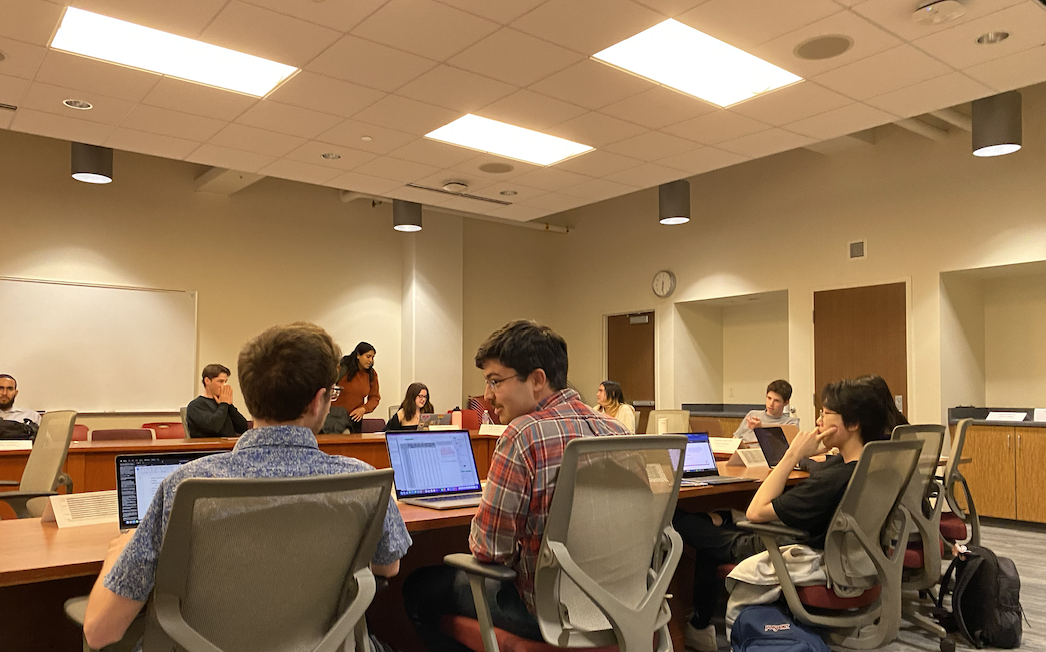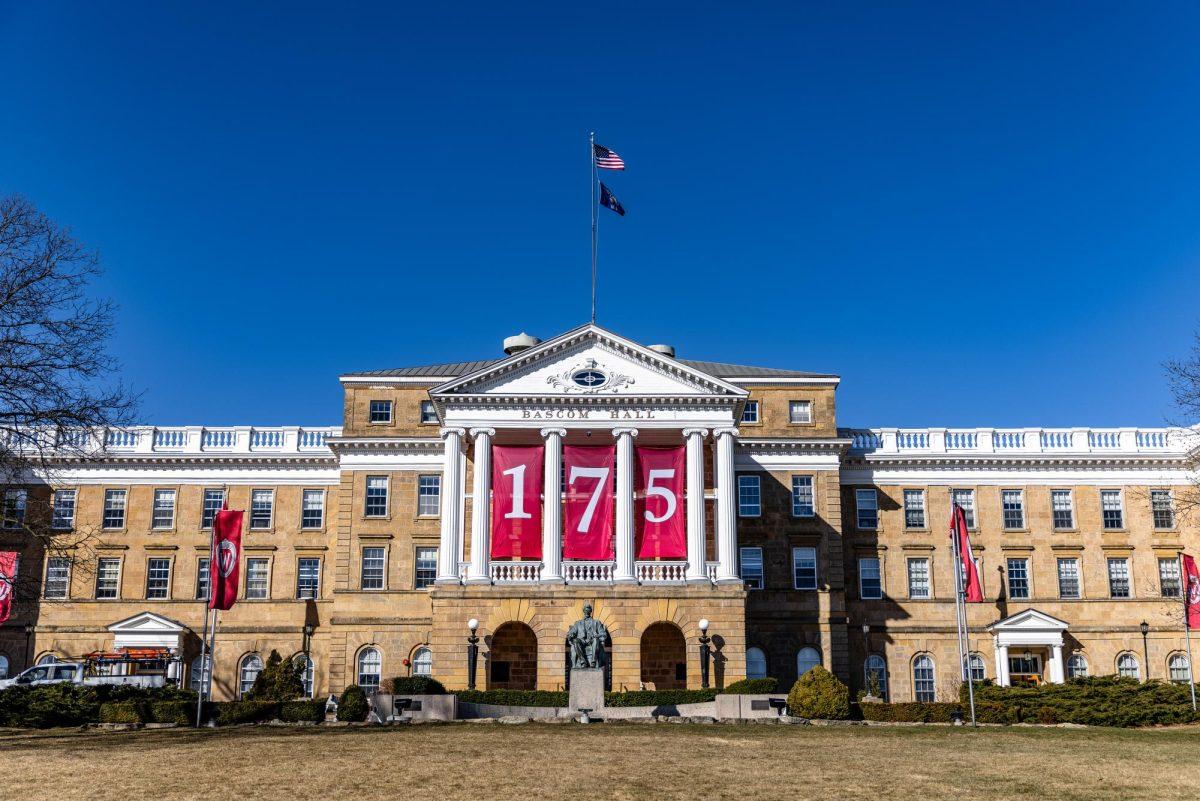Due to the rising temperatures resulting from climate change, winter will be coming three weeks earlier than in past years, but University of Wisconsin Ph.D. student Andrew Allstadt said that’s not a good thing.
Allstadt, who is a student in the Spatial Analysis for Conservation and Sustainability (SILVIS) lab, said he made his discovery through taking an established model of plant phenology — the timing of events in plant growth — to apply it to different climate models across the U.S.
After projecting the models to 2100, he then modeled spring flower and leaf emergence where he found that both moved together between the median averages of two to three weeks. The time of emerging can vary depending on the climate scenario, but Allstadt said the overall trend is “pretty clear.”
“There are a lot of factors that determine plant phenology like day lengths, moisture availability or other local environmental factors, but temperature is the main one,” Allstadt said.
Allstadt said the trend has been happening for decades. Over the last 50 years, the early spring arrival has been moving forward a day-and-a-half each decade. In regions where the scenarios cause lower emissions, the projections show a continuation of the day-and-a-half growth lasting through the end of the century. In higher emission areas, there may be a slight acceleration, but the trend will remain the same despite the year-to-year variability.
There are varying consequences as a result of this early seasonal transition. For example, many organisms time their own spring phenology to match the availability of plant resources. But now that spring will come earlier, Allstadt said, migratory birds who follow patterns of plant and insect resources must adapt their timing to match the new plant phenology.
There’s some evidence in Europe that shows some bird species changing their migration patterns, but Allstadt said not all birds made the adjustment.
As spring plant growth moves earlier in the year, Allstadt said there are concerns that the frequency of false springs could increase. A false spring is when spring plant growth begins but is followed by a “hard freeze” that can ultimately damage the plants.
If flowers are already out, the effects can be “especially damaging,” Allstadt said. An example of the destruction the phenomena can cause, Allstadt said, is during a false spring in 2012 when Michigan saw $500 million worth of agricultural crop damages.
“There’s the risk of false springs, but what we found is that for the most part, they will decrease throughout the country, which is good news in that sense,” Allstadt said. “But in the western and central Great Plains, we actually see an increase in frequency of these false spring events.”


















